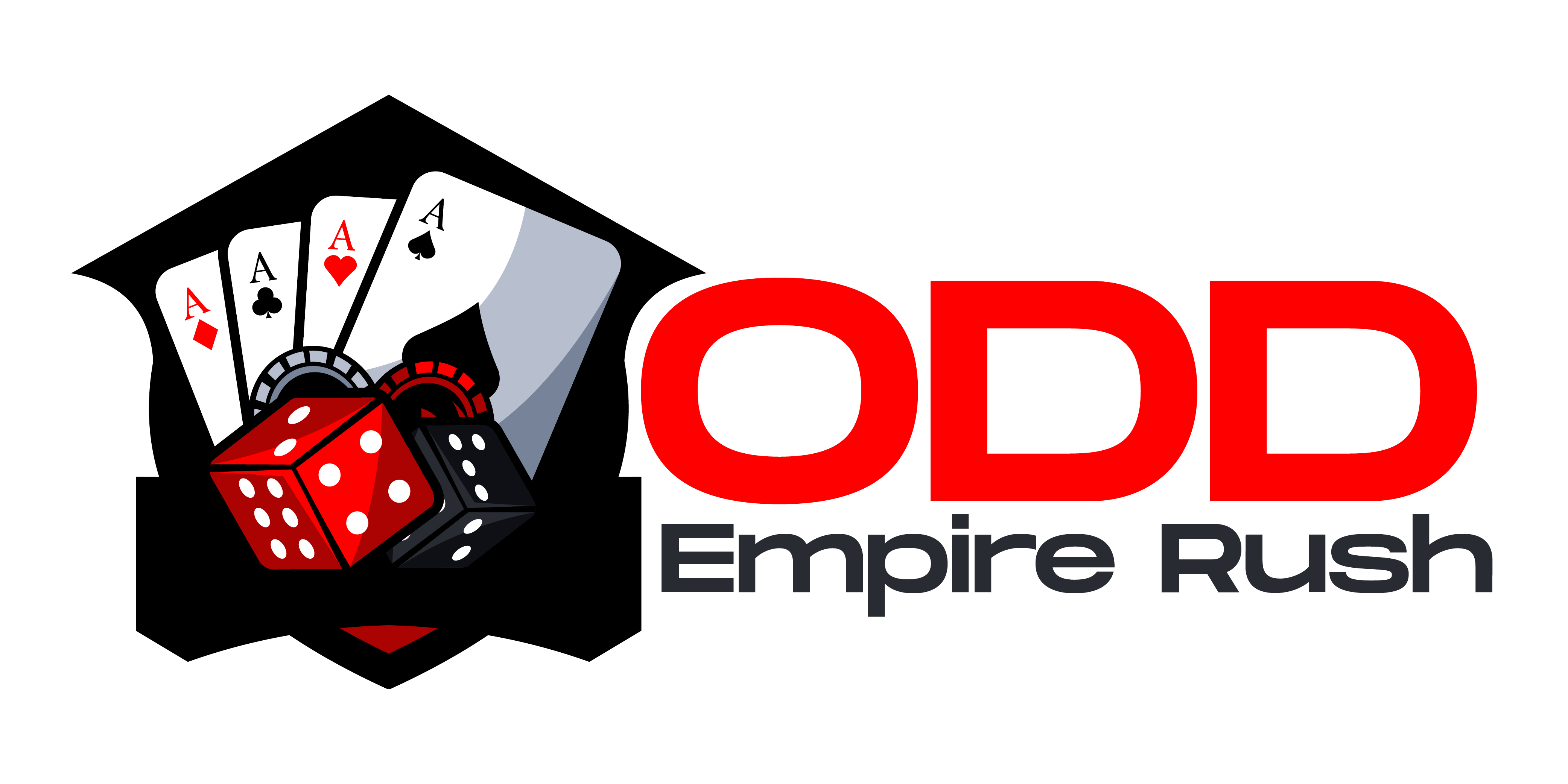Why Bankroll Management is Non-Negotiable
Most bettors don’t lose because they’re bad at picking bets. They lose because they treat their bankroll like weekend beer money instead of a limited, strategic resource. Betting without a plan feels exciting—until it isn’t. One cold streak and your funds dry up, fast.
By contrast, discipline sets the foundation for long-term survival. That means knowing your bankroll, protecting it, and never putting more on a bet than your system allows. It’s less flashy, but it’s what keeps sharps around while the undisciplined flame out.
This game doesn’t reward chaos. It rewards control. Smart money habits—like tracking your bets, sticking to units, and resisting the urge to chase—aren’t optional. They’re what separate the weekend thrill-seekers from the bettors who cash out consistently.
You can’t control outcomes. But you can control how you wager. That starts with managing your money like it actually matters.
Step 1: Define Your Bankroll
Think of your betting bankroll as a wall—solid, separate, and not to be touched unless it’s for wagering. It’s the total amount of money you’ve set aside specifically for betting, and nothing else. Not your savings, not your rent money, not the leftover change from a night out. This is money you can afford to lose, because in betting, risk isn’t optional.
Keeping your bankroll isolated from your personal finances is essential. Ideally, it should sit in a different account or a dedicated wallet, physically or digitally. This separation protects you—from emotional decisions and from accidentally dipping into life expenses, which is how casual betting starts to become a financial hazard.
And here’s where discipline really gets tested: topping up your bankroll after a loss just to “get back” what you lost? That’s a fast track to chasing losses. Losses happen; they’re not a signal to bet more, they’re a signal to reassess. If you want to add to your bankroll, it should come from a planned, rational decision—not impulse or frustration. Play smart. Protect your base. That’s how pros survive the long game.
Step 2: Stake Sizing 101
This is where most bettors go wrong—or right. Stake sizing isn’t just a numbers game, it’s a discipline checkpoint.
Flat betting means you wager the same amount on every bet, no matter how confident you feel. It’s simple, steady, and keeps emotions out. It’s the go-to approach for most long-term bettors because it pins your losses and protects you from spiraling after a cold streak.
Variable staking, on the other hand, allows you to adjust your bet size based on your perceived edge or confidence. That flexibility is a double-edged sword. Done right, it helps squeeze extra value. Done emotionally—and it often is—it leads to chasing losses and overbetting wins. That’s where the 1–5% Rule comes in.
The rule is simple: never bet more than 1 to 5 percent of your total bankroll on a single wager. Most disciplined bettors sit at 1–2%. Even if you’re “sure,” going past 5% is walking a tightrope blindfolded.
Then there’s the unit-based system. You define a single unit (say, 1% of your bankroll) and scale your bets in multiples of it—1 unit for low confidence, 3 units for high. The advantage? It standardizes your risk and keeps your sizing proportional, even if your exact bankroll isn’t public info.
The downside? Units can lead people to overestimate their skill. Calling something a “5-unit max play” might sound confident, but if it’s driven by ego instead of edge, it becomes dangerous fast.
Keep it tight. Stay within range. Stack smart bets, not big ones.
Step 3: Track Every Wager
If you’re serious about betting, you need to track every single wager—no exceptions. This isn’t optional. Record your stake, the odds, the type of bet, outcome, and, most importantly, your own reasoning. Write down why you thought the bet was worth making. Over time, this creates a record of not just your wins and losses, but how good your process really is.
You can do this with something simple like Google Sheets or Excel. There are also tools like Betstamp or SmartBet Tracker that help automate some of the data input. But the tool doesn’t matter as much as the consistency. Miss one bet and it becomes easy to start skipping more. Keep it squeaky clean.
The payoff? Tracking gives you emotional distance. When you’re seeing red after a losing streak, the numbers tell the real story. Patterns come into focus. Maybe you’re chasing late games or over-betting live parlays. Maybe your picks are solid, but you’re staking too aggressively. Tracking cuts through ego and lets you course-correct with clarity.
It’s not sexy. It’s not fun. But it’s one of the habits that separates hobbyists from bettors who last.
Step 4: Avoiding the Tilt Trap
One of the most overlooked threats to successful betting isn’t strategy or stats—it’s emotion. Whether it’s a losing streak or a string of wins, emotional swings can derail smart bankroll habits fast. This phenomenon is known as “tilt,” and it affects even experienced bettors.
Emotional Triggers to Watch Out For
Certain scenarios are notorious for pushing bettors off track. Recognizing these emotional triggers is step one:
- After a major loss: The urge to make it all back quickly can lead to reckless bets.
- Following a win streak: Overconfidence often results in staking beyond limits.
- Bad beats or last-minute outcomes: These can provoke frustration, inviting impulsive decisions.
How Bad Habits Take Root Under Pressure
Tilt often leads to poor bankroll discipline—especially in moments of stress. Here’s how it happens:
- Chasing losses: Increasing bet size irrationally to recover from recent defeats.
- Ignoring staking rules: Abandoning the 1–5% rule in favor of emotion-driven bets.
- Mixing funds: Dipping into non-betting money when the bankroll runs low.
Strategies to Pause, Reset, and Regain Control
Managing tilt requires more than willpower. These proven techniques help bettors realign before making the next move:
- Step away after a loss: Take a break instead of placing an emotional follow-up bet.
- Set a cool-down period: Establish a mandatory time-out after a streak—win or lose.
- Use a betting journal: Writing about why you placed a bet helps clarify thought patterns.
- Revisit your goals: Remind yourself of long-term objectives and bankroll strategy.
By building in safeguards and routines, bettors can mitigate the damage that tilt often causes—and protect the longevity of their bankroll.
Pro Tip: Emotional discipline is a skill that improves with conscious effort. The more prepared you are for tilt, the less it will control your betting decisions.
Step 5: Adjust as You Go
Bankroll management isn’t a set-it-and-forget-it system. Your unit size should grow—or shrink—with your bankroll. If your roll increases over time, scaling your bet size (say from 1% to continue matching your new total) is a smart way to make winning more meaningful. But don’t get too eager; the increase should be gradual and deliberate. Doubling your stakes overnight isn’t a victory lap—it’s a shortcut to volatility.
On the flip side, if a losing stretch hits—and it will—cutting back is survival strategy, not defeat. Reducing your stake keeps losses controlled and your bankroll intact. There’s no pride in blowing up just to prove a point. Betting smaller through a downswing buys you what you need most: time to recover with clarity.
Adapting on the fly is what separates process-driven bettors from impulsive ones. That means staying honest about your results, your risk tolerance, and your actual edge. Check the ego. Manage the math.
Adaptability isn’t just smart. It’s essential.
Bankroll Management Mistakes to Avoid
Even bettors with a solid plan can wreck their bankroll if they let emotion take the wheel. A few big traps show up repeatedly—simple, predictable, and devastating if ignored.
First, don’t chase losses. It’s the classic downward spiral. You lose a bet, then double or triple your stake trying to make it all back fast. That kind of swing rarely ends well. The higher the stakes, the quicker the ruin. Stick to your plan. Accept the loss. Move on.
Next up: overconfidence after a few wins. A hot streak feels good, but it’s not a license to get sloppy. Winning five bets in a row doesn’t mean you’re invincible. It means variance is being kind—for now. Keep your stake sizes steady, trust your edge, and don’t let a little success push you into bigger risks than you planned for.
Finally, don’t bet emotionally. Whether it’s frustration, boredom, revenge, or even excitement, decisions made on feelings rather than data will tank your bankroll in the long run. Betting is a long game. Remove ego, stick to your system, and save the emotional highs and lows for the game itself—not your wallet.
Advanced Techniques for Serious Bettors
Let’s cut the fluff—this section is not for the weekend warrior tossing $20 on the home team. If you’re serious about sports betting, dialing in advanced bankroll tactics can stretch your edge and control exposure.
Kelly Criterion – Worth It, or Overkill?
The Kelly Criterion is the go-to formula for optimizing bet size based on perceived edge. In theory, it maximizes long-term growth. In practice? It’s aggressive. Full Kelly bets can spike variance and expose you to painful swings. Most disciplined bettors who use Kelly go half or even quarter-Kelly to manage risk. If you’re not tracking your edge precisely every time, Kelly quickly becomes guesswork-on-steroids. Use it when you’ve got documented data and confidence—otherwise, flat or unit-based staking is a safer path.
Bankroll Segmentation
One bankroll, multiple betting styles. Don’t treat a 4-leg parlay the same as a straight bet. Segmentation means assigning separate betting budgets for different types of wagers. For example, you might allocate 70% of your bankroll to straight bets, 20% to totals, and 10% to creative long shots (props, parlays, etc.). This kind of split minimizes the chaos and helps you keep risk tolerances aligned by category. Not all bets serve the same purpose—treat them accordingly.
Stop-Loss Limits and Win Goals
It’s not glamorous, but stop-loss and win thresholds are crucial. Set a loss limit—daily, weekly, or monthly—and if you hit it, walk. Same goes with win goals. If you’ve hit a target profit, consider banking it instead of pushing further into risk. These controls establish exit ramps when emotion kicks in, and they help prevent a winning streak from erasing itself through overconfidence and tilt. Discipline makes your bankroll last—it’s not just about picking winners.
Bottom line: advanced doesn’t mean complicated. It means intentional. Know your edge, split your risk, and give yourself rules to live by. Everything else is just noise.
Final Word: Control = Longevity
At the end of the day, staying in the game comes down to one thing—discipline. Flashy bets might get attention, but it’s boring consistency that actually keeps your bankroll alive. Structure matters. Without it, even experienced bettors can spiral: overbetting after a win, chasing losses, or drifting from their strategy on a gut feeling.
Discipline doesn’t mean playing scared. It means using a smart system and sticking to it. Know your limits. Adjust with intention. Marry strong bankroll habits with careful bet selection, and you’ve got something that lasts.
If longevity matters to you—and it should—then bankroll management isn’t optional. It’s the engine behind every strategy worth following.
For more on combining smart bankroll habits with calculated betting strategies, check out Understanding Risk and Reward in Betting Strategies.


 Lillian Wagneroler, an insightful author at oddsempirerush focuses on in-depth research and engaging storytelling. Her articles provide fresh perspectives on betting trends, helping readers connect with the latest developments in the industry.
Lillian Wagneroler, an insightful author at oddsempirerush focuses on in-depth research and engaging storytelling. Her articles provide fresh perspectives on betting trends, helping readers connect with the latest developments in the industry.

